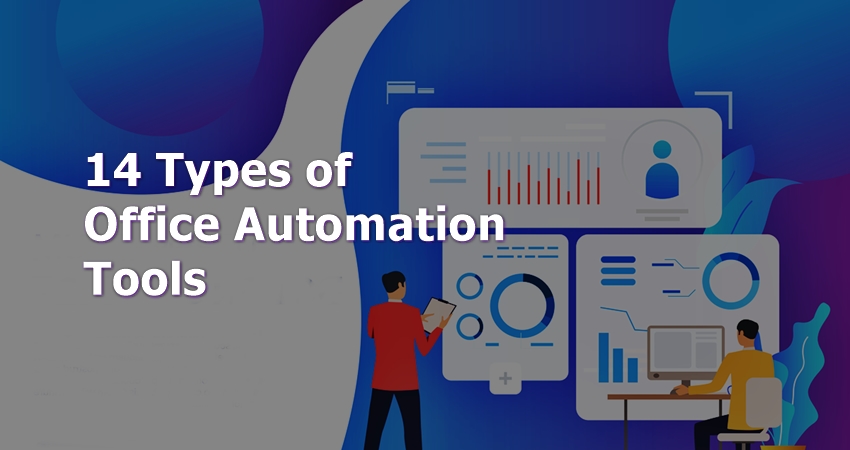Parental control software remains a useful tool to monitor your child’s online activity and at the same time block inappropriate content. The fact that you are an adult does not necessarily mean you like to view offensive content, so the software can also be utilised to block offensive content on sites you often visit. Unfortunately, with the monitoring part of the software comes an inherent security risk of sensitive information that may fall into the wrong hands.
If you want to use parental control software, you need to use it responsibly, especially if you install it on a computer that is shared by several members of your household. The trustworthy members of the family need to be aware of the software and the need to have administrator privileges to disable the software before working on the computer. Parents often forget to disable the software before doing online shopping or banking, effectively allowing the key-logger component of the software to log important information such as social security numbers, credit card numbers and passwords.
Many Internet monitoring software packages take screen shots at certain intervals to capture the contents of the screen at a specific point in time. This is also dangerous if you forget to disable the monitoring part of the software, before logging into a secure area of a website. Screen shots can be taken of sensitive information that’s normally only accessible behind a secure login area. All this information (keystrokes and screen shots) is stored on your hard drive, exposing it to possible exploits from crackers or spyware.
Well-written parental control software will obviously encrypt the information it logs, but crackers often decipher the encryption code in next to no time. The last thing you need is a spyware infection or an intruder on your system that can bypass the encryption of the parental control software. You don’t want a stranger going through your logs if you accidentally forgot to disable the software before entering sensitive information on the Internet. So the most important thing to remember is to disable the monitoring software before you use the computer and remember to enable it again when you’re done, otherwise there is no point in having the software on your computer in the first place.
Some parental control software allows you to create different profiles for different members of the family. You can for instance have a “Child” profile that blocks inappropriate content and monitors your child’s activity on the web, a “Teen” profile that does not block any content, but only monitors your child’s activity and a “Parent” profile that does not monitor your activity or block any content. The “Teen” profile can be activated when your teenager wants to use the computer, or you can activate the “Parent” profile if you are present while your children surfs the Internet. The “Child” profile should be used to limit Internet access while you are not at home to keep an eye on your children’s Internet activity.
Kaspersky Lab recently integrated a parental control module into their Internet Security suite. It does not log keystrokes or take screen shots, it only monitors HTTP traffic. To know what your child is doing on his or her computer, you only need to monitor their Internet use. It is easy to see which games they are playing and which software they are using by examining certain areas of your system, like the Program Files folder and the Add and Remove Programs section of the control panel. Clever kids will know how to wipe this information, but most programs make connections to the Internet these days, so just by examining the HTTP traffic generated by these programs, you can easily tell which programs your child is using and which websites they are visiting.
The parental control module of Kaspersky Internet Security logs all the websites visited by your children, all the remote images loaded from e-mails that they read and all the servers they connect to for online gaming and software updates. If the logs contain entries from winamp.com, then your child is probably using Winamp to play music or movies. Entries from ea.com, might indicate that your child is playing some games developed by Electronic Arts. Your children will also download software from certain sites, which will give you another indication of what kind of software they are using. The fact that the software monitors HTTP traffic, means that you are not only limited to the traffic generated by a web browser or e-mail client, it monitors all Internet activity from any application.
The way that Kaspersky Lab approaches parental control and monitoring software, does not compromise your online safety like your conventional child monitoring software, because there is no security holes created by keystroke logging and capturing of screen data. The logs of your HTTP traffic may still contain tracking information that you may not want to reveal to advertising companies (and their spyware programs), but the beauty of this module is that it is integrated into an Internet security suite, so you are automatically protected against unauthorised access and malicious software infections, thanks to the firewall the anti-malware shields of the software. Traffic through secure servers (HTTPS) is normally encrypted, so the monitoring software only sees the encrypted data during a secure online session like Internet banking or online shopping. I still recommend that you turn of the parental control module before transmitting sensitive information over the Internet.
